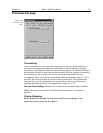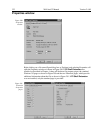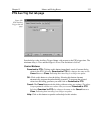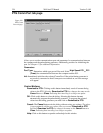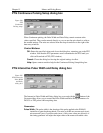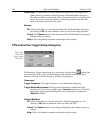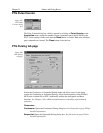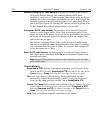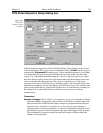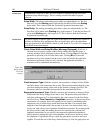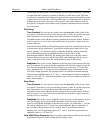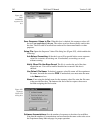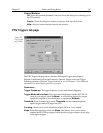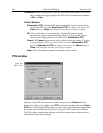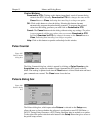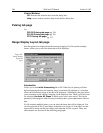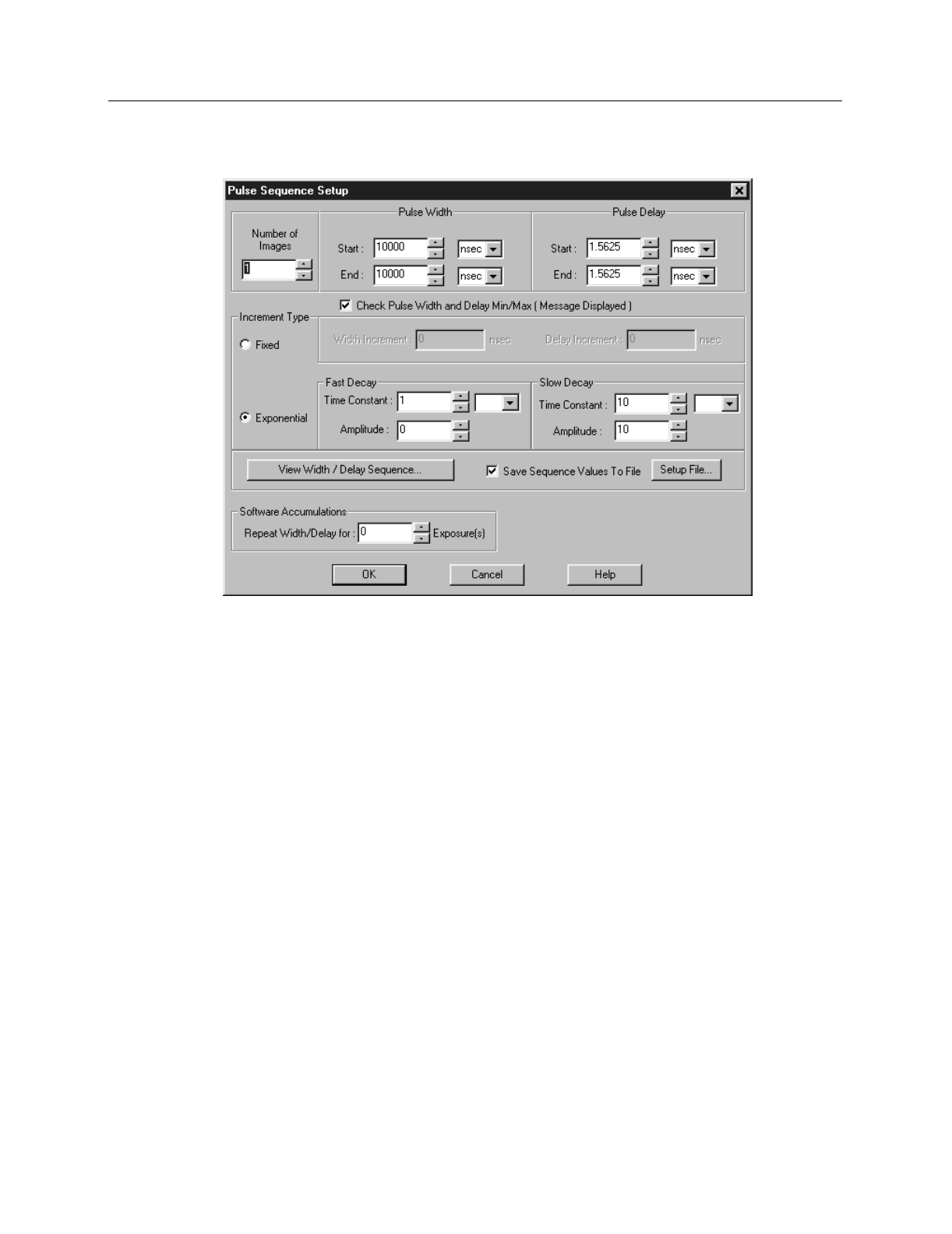
Chapter 15 Menus and Dialog Boxes 339
PTG Pulse Sequence Setup dialog box
In Pulse Sequential operation, the Pulse Width and Pulse Delay change over the course
of the measurement. This sweep can be accomplished linearly (
Fixed
Increment type) or
exponentially (
Exponential
Increment type). Linear sequential operation is well suited
to locating and recovering a transient effect that always occurs at the same time with
respect to T
0
. Exponential sequential operation is used to study decay processes, where
the effect changes rapidly at the start of the measurement, and then changes slower and
slower as the measurement progresses. The sweep is controlled so as to take many
exposures in the region where the effect is changing rapidly, and fewer and fewer as the
measurement progresses and the data changes more and more slowly. The resulting data
points can be spline-fitted to generate the complete curve so that the decay constant can
be calculated, even where the data derives from two decay processes occurring
simultaneously.
Parameters
Number of Images:
With a Software Accumulations setting of one, Number of Images
equals the number of exposures, each of which is followed by a readout. After each
exposure, the Pulse Width and Pulse Delay change as programmed before the next
exposure occurs. If multiple Accumulations are programmed, each exposure is
repeated
n
times, where
n
is the number of software accumulations specified. Every
accumulation is processed before the pulse delay and width change for the next shot.
The total number of exposures equals the specified Number of Spectra times the
number of Accumulations.
Figure 299.
PTG Pulse
Sequence Setup
tab page.



